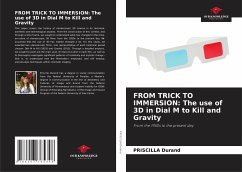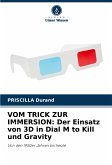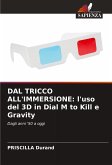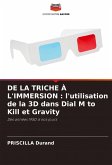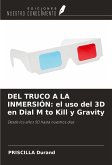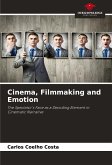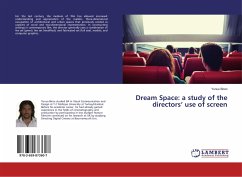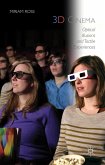This paper covers the history of stereoscopic 3D cinema in its technical, aesthetic and technological aspects. From the construction of this context, and through a time frame, we sought to understand what has changed in the mise-en-scène of stereoscopic 3D films from the 1950s to the present day. We assumed that the use of 3D has indeed changed a lot. For this study, we selected two stereoscopic films, one representative of each historical period chosen: Dial M to Kill (1953) and Gravity (2013). Through a detailed analysis, we sought to point out the main uses of mise-en-scène in each film, as well as to thoroughly investigate significant patterns of continuity and stylistic change - that is, to understand how the filmmakers employed, and still employ, stereoscopic techniques within cinematic staging.
Bitte wählen Sie Ihr Anliegen aus.
Rechnungen
Retourenschein anfordern
Bestellstatus
Storno

